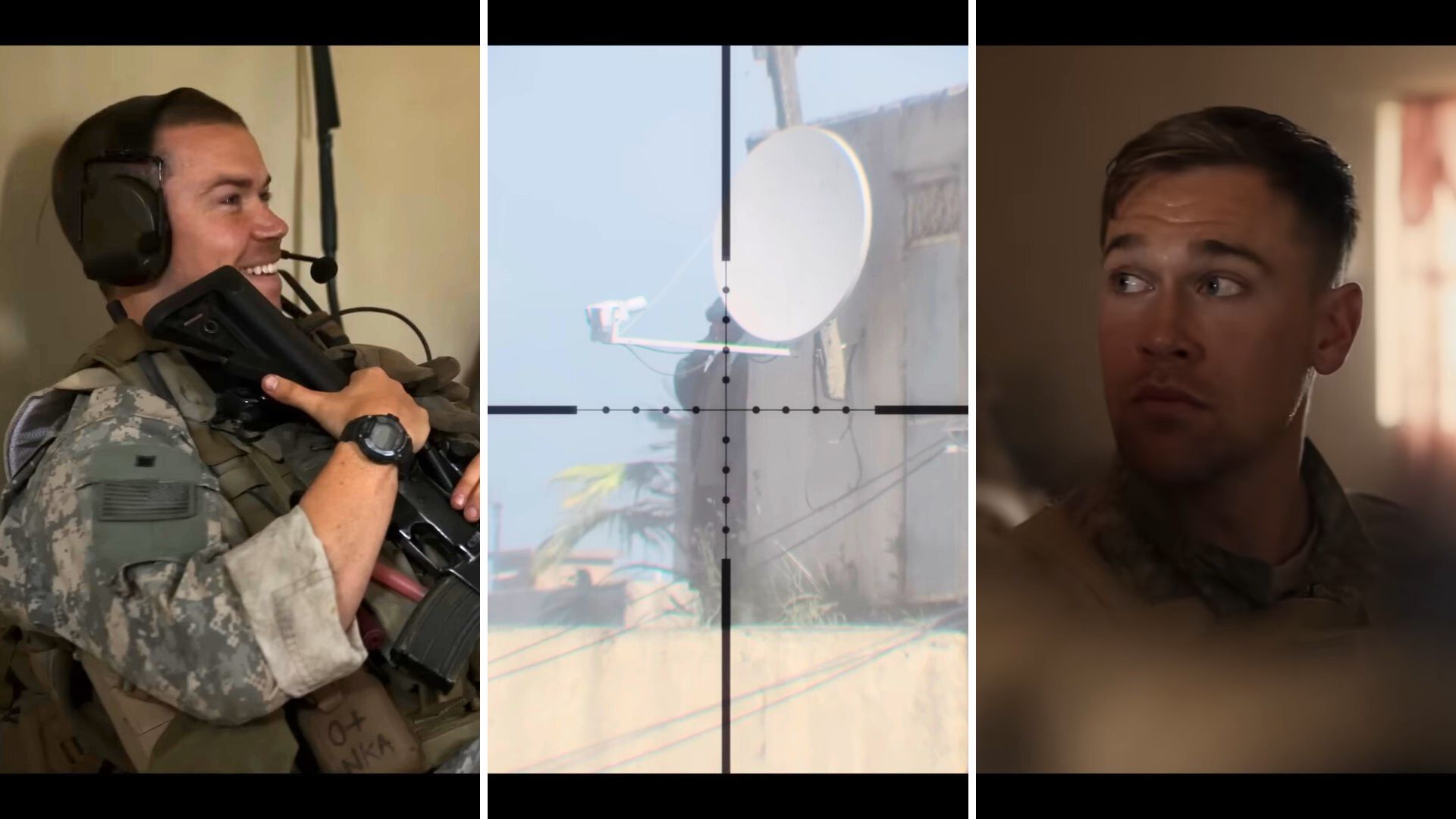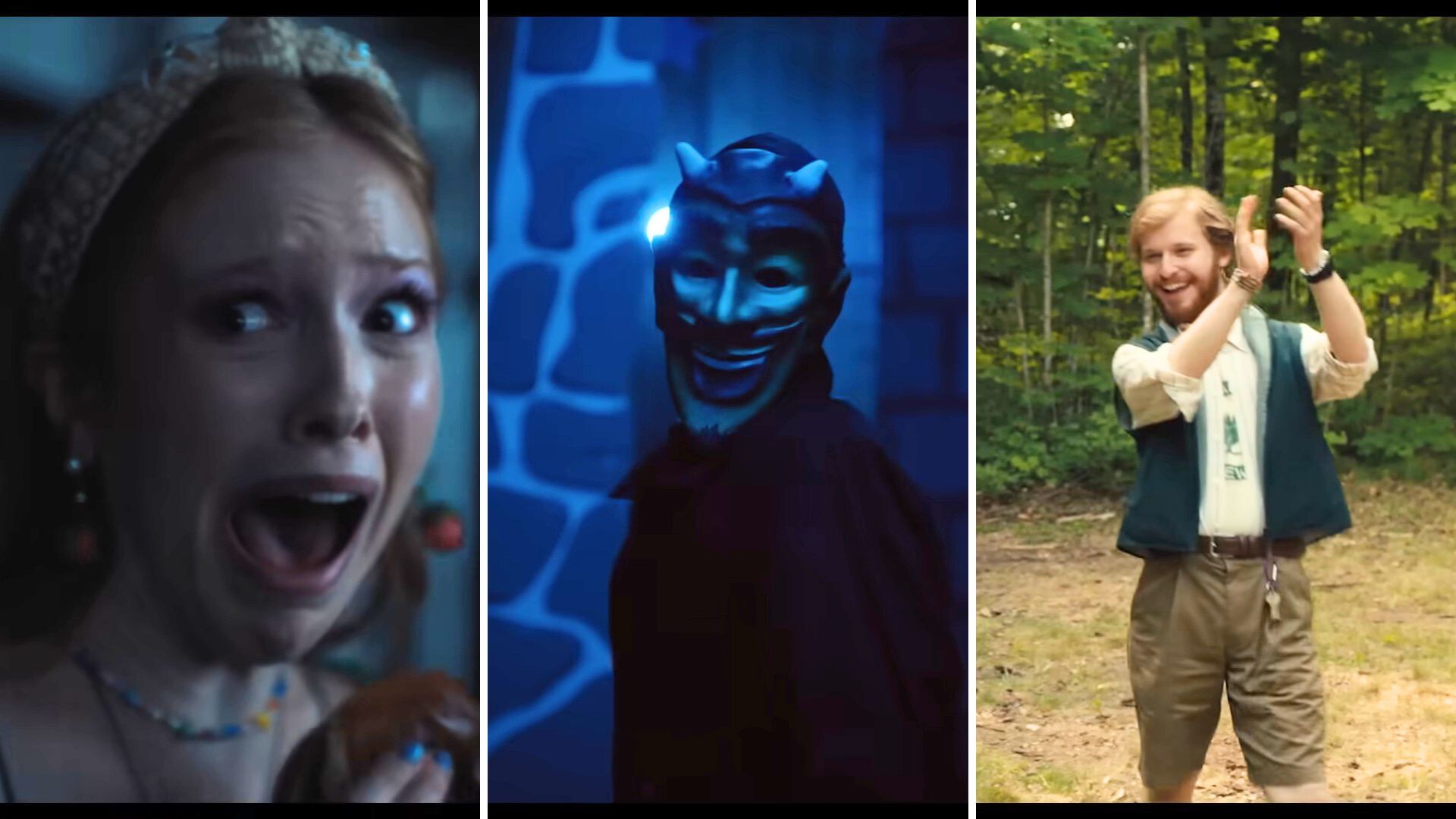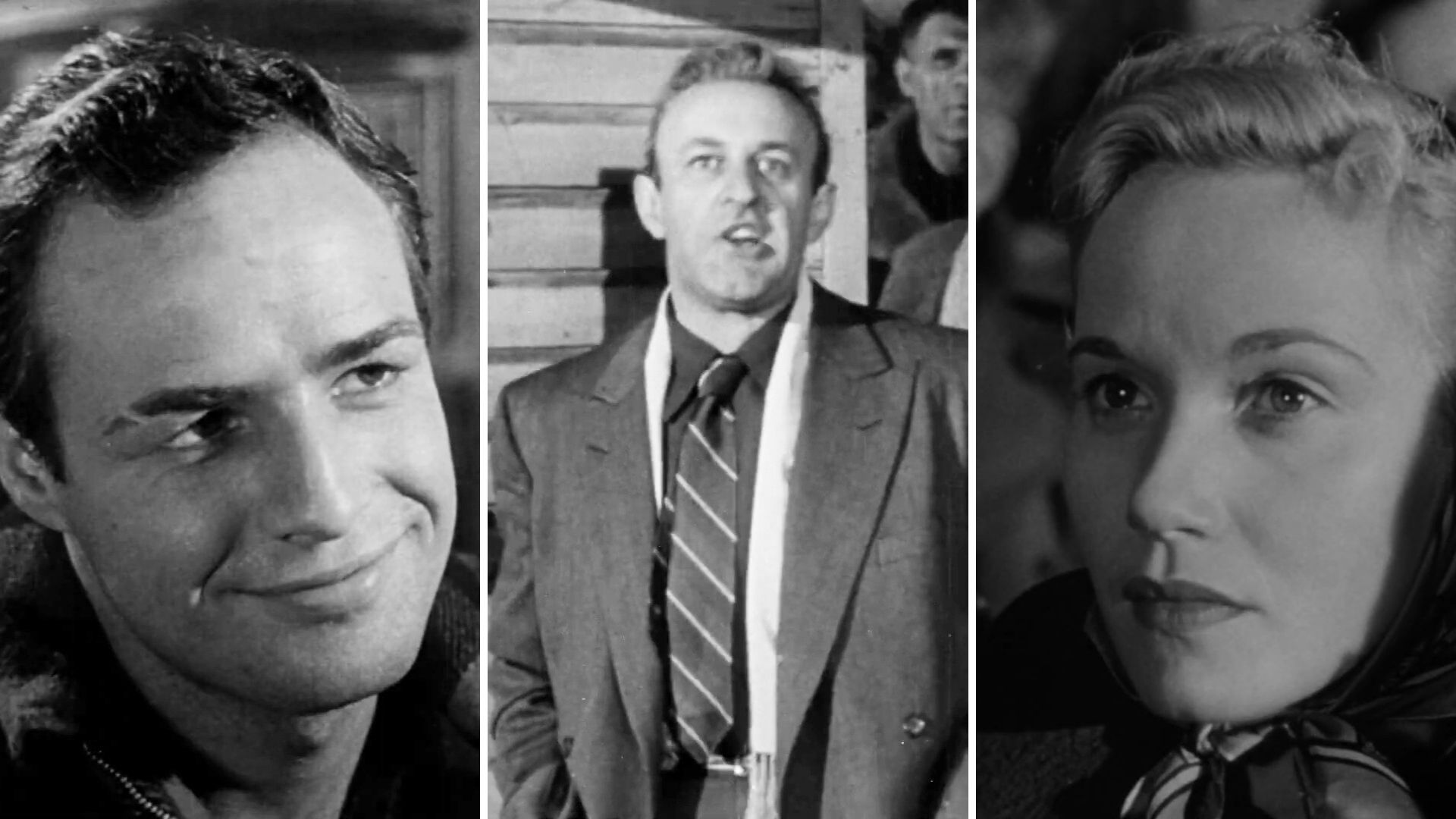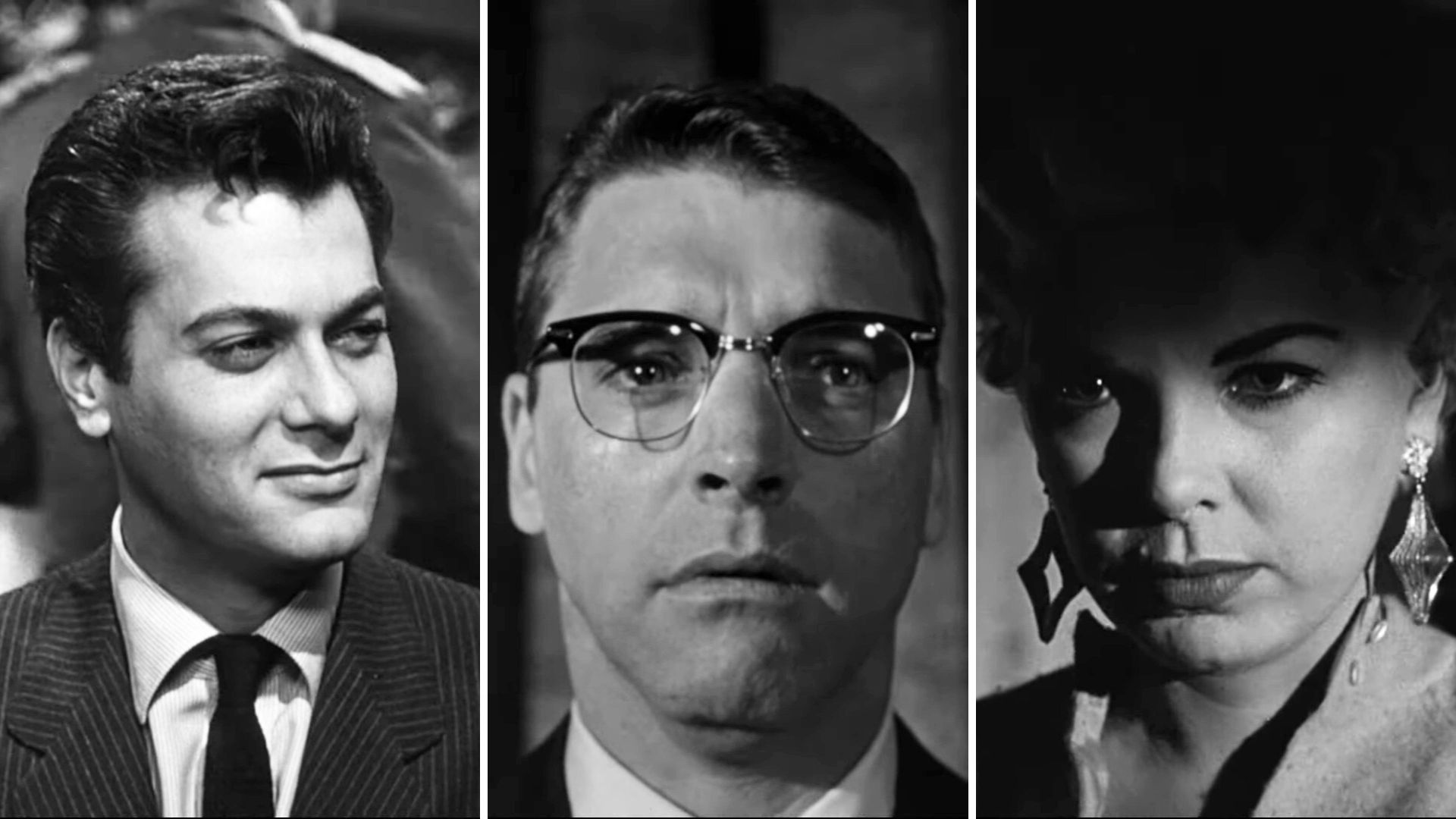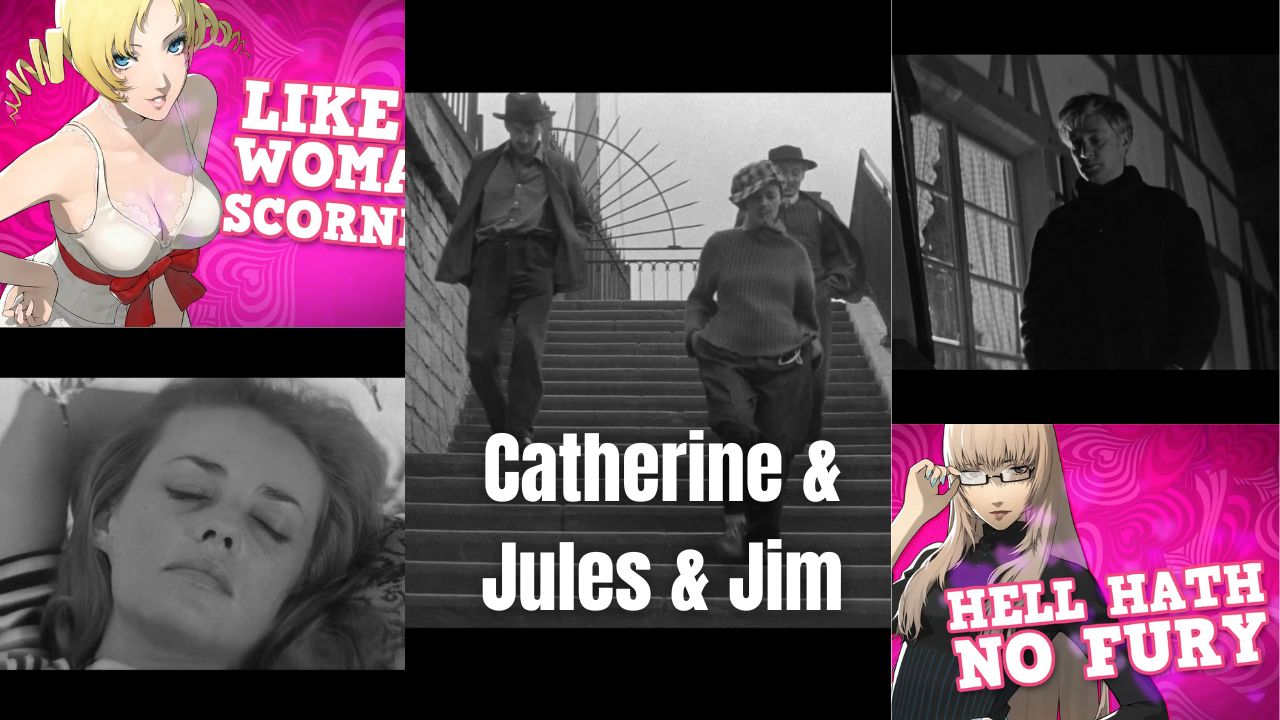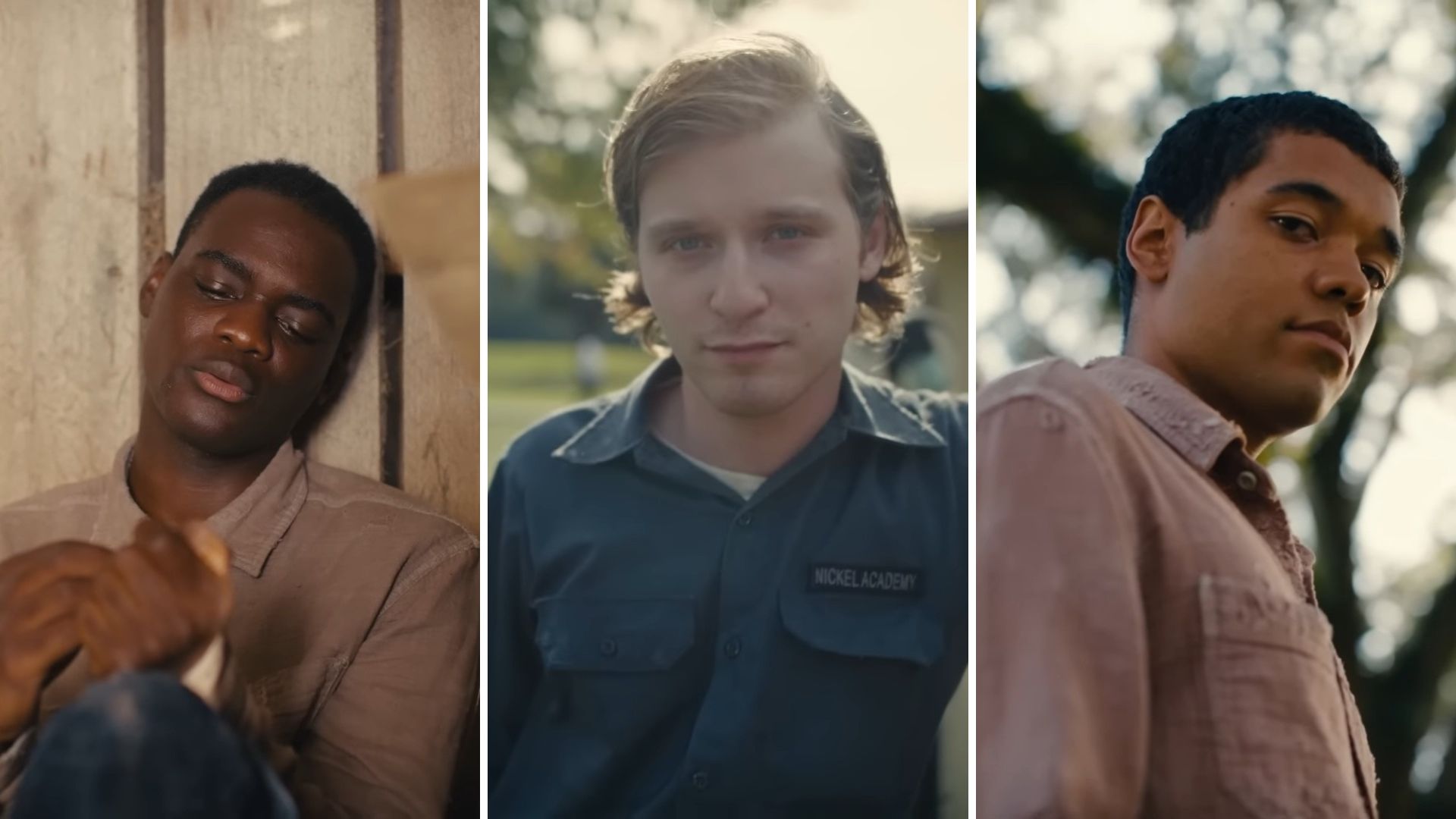
Nickel Boys, RaMell Ross’s directorial debut, is based on a Colson Whitehead book of the same name. RaMell Ross has been behind the camera before, but never for a feature film. He’s had great success with documentaries, and he brings the experience of telling personal stories with him to this film.
Nickel Boys tells the true story of the fictional Nickel Academy. Nickel Academy is based on the very real Dozier School for Boys. A reformatory school in Northern Florida that in its 111-year history resulted in almost as many student deaths. In order to tell this story and give the fallen justice, Ross shoots the film in a POV style. Putting you the audience in the same horror as the boys forced into Nickel Academy.
In Their Shoes

Nickel Boys follows Elwood and Turner. Two young African American boys forced into Nickel Academy during the Jim Crow era south. From the beginning of the film, and the introduction to Nickel Academy, it’s clear the world is stacked against them. As Elwood arrives at the school, we see through his eyes as the car stops at a large gorgeous-looking plantation house. Here, the driver lets out the two white students, before driving Elwood to the black side of the school. The side where the rules are stricter, and the accommodations are much worse.
The film presents everything through either Elwood’s or Turner’s eyes. This means we never get a full sense of every horror happening at Nickel Academy. We only know what they know. It makes the film feel almost like a horror flick. We hear screams happening off-screen and vaguely notice there being fewer and fewer boys with no explanation for their disappearance. The only time the camera ever leaves this POV style is when we see one of the boys grown after he’s left Nickel. The camera is placed in a rig behind him as if to tell the audience that Nickel Academy is behind him. But always there.
Survival
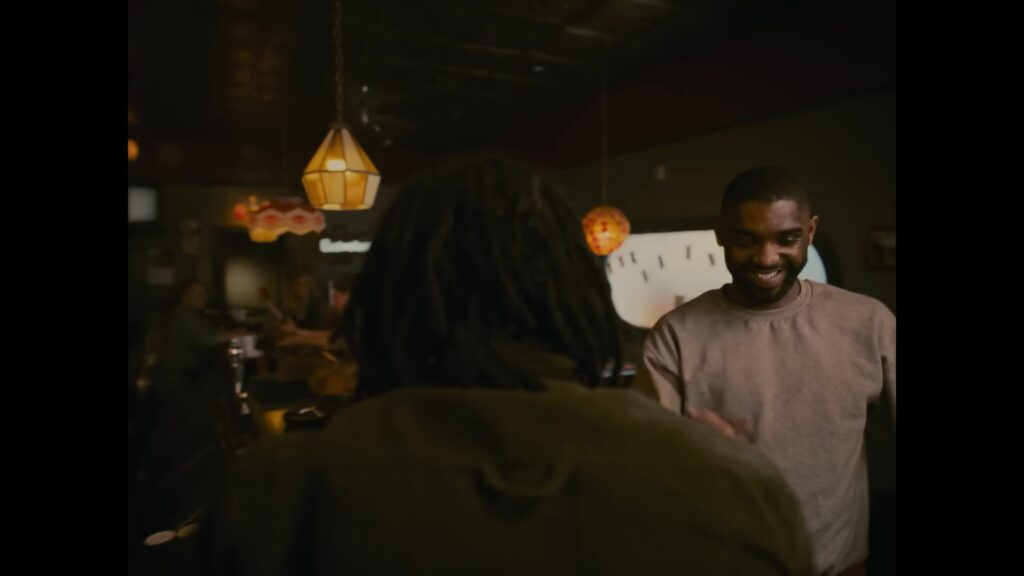
Nickel Boys feels like a horror movie because in many ways it is. The film feels much closer to a documentary than a based on a true story, but the terror is evident regardless. The system is fully against these boys and there is no way for them to escape their fate. The only thing they can do is survive.
The midnight beatings, backroom deals, and plots for survival, all feel more tense because of the camera placement. It feels like we are in these situations. Hiding from the teachers, eavesdropping on conversations, and trying not to get caught. It all culminates in a tense and heartbreaking scene that brings the film full circle. Along with Anora, it’s one of the most heartbreaking endings of 2024.
Finding Footing
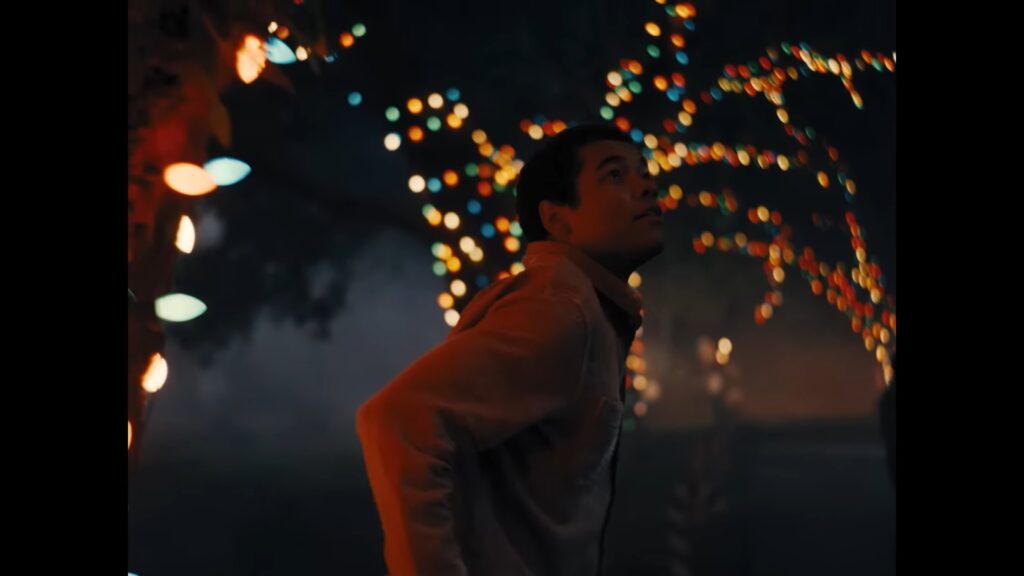
The POV style of filming may put people off at first. The beginning of the film feels very experimental and it takes almost the entire first act to really start to understand what the film is trying to do. First Person Camera has become commonplace in media like video games, but it’s rarely used in film. Nickel Boys may not be the first to use this camera style, but it is possibly the most successful in its execution.
Once the viewer finally gets over the initial shock of the camera placement and the film’s dedication to realism, the plot starts to take shape. It takes a while before Elwood finally ends up in Nickel. The result of a wrong place at the wrong time car ride. The first act can feel a bit long and drawn out but it’s successful in getting the audience comfortable with its cinematography. Any sooner the audience may still be trying to piece together the film and any later the film would have dragged on for too long.
Overcoming Trauma
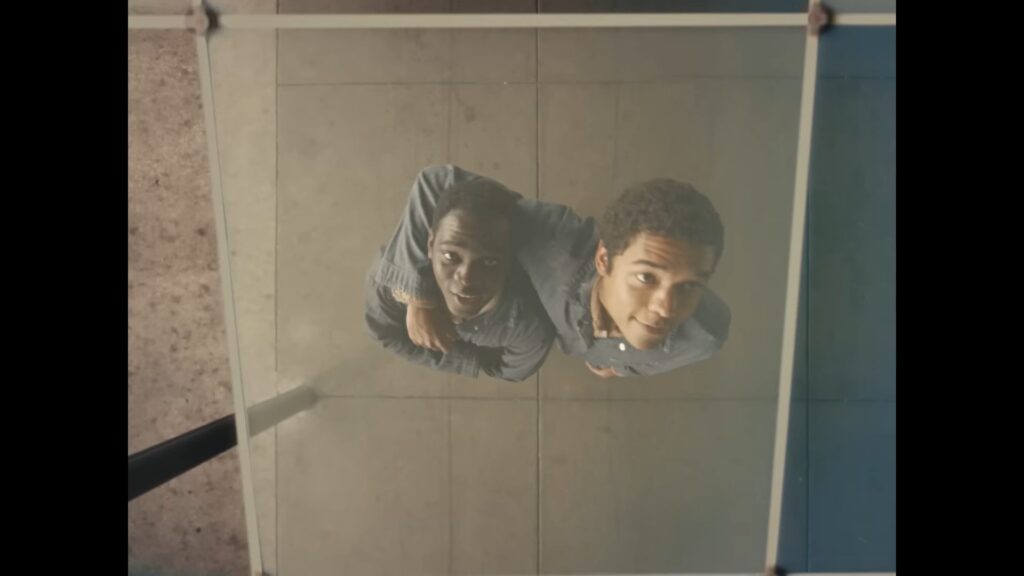
The second narrative follows one of the boys after they have left Nickel Academy and shows small vignettes of his life after his time at the Academy. These small vignettes are where the themes of the film really begin to take shape. We see the man as a successful business owner and a loving husband, but a man still haunted by his past.
We see this not only with the camera work but with the amount of time he spends researching his former school. The film mirrors the real-life reveal of the Florida School for Boys, where decades after the abuses took place authorities found close to a hundred unmarked graves. The man with a weight on his shoulders frequently checks internet blogs and news sites, looking as the world uncovers the horror he has known for years. It’s a powerful theme and one that reinforces how brutal the real-life tragedy was. Even for those who made it out of the Academy alive, they would never be the same.
Experimental Masterpiece
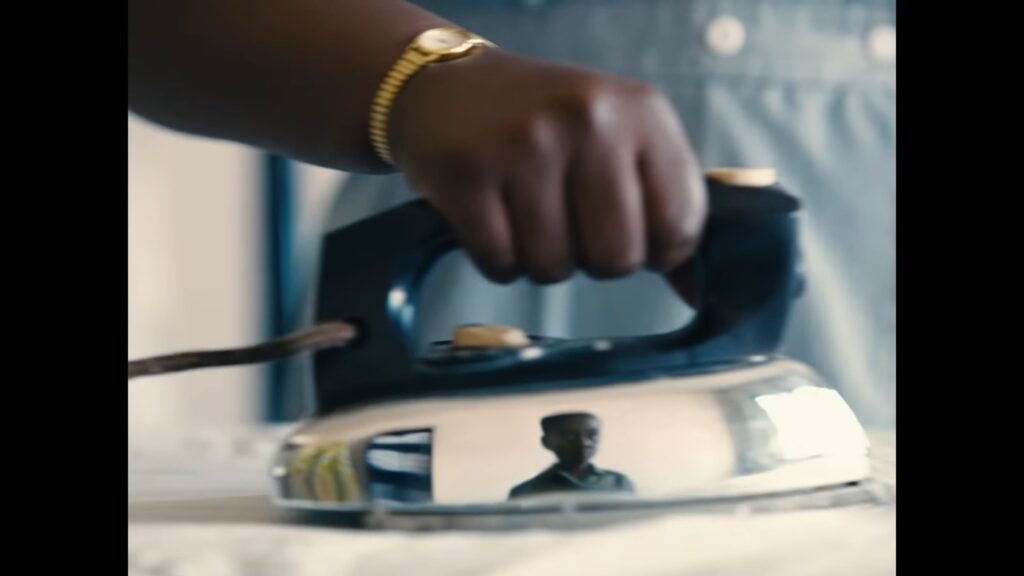
Nickel Boys is in many ways an experimental film and in many ways a traditional one. The camera placement, framing, and dual narrative format are all novel ideas sure to be replicated for years to come. But the heart of the story is something we’ve seen over and over again. Confronting your past even when it’s impossible to fully heal.
This combination of technical ingenuity and universal themes is what makes Nickel Boys a modern-day masterpiece. It’s a new type of film that gives the audience a close look at a world we may have never known. And never would have wanted to. But it’s important for us to see it nonetheless. Because for some, even the lucky survivors, they’ll never forget the horrors they faced.



